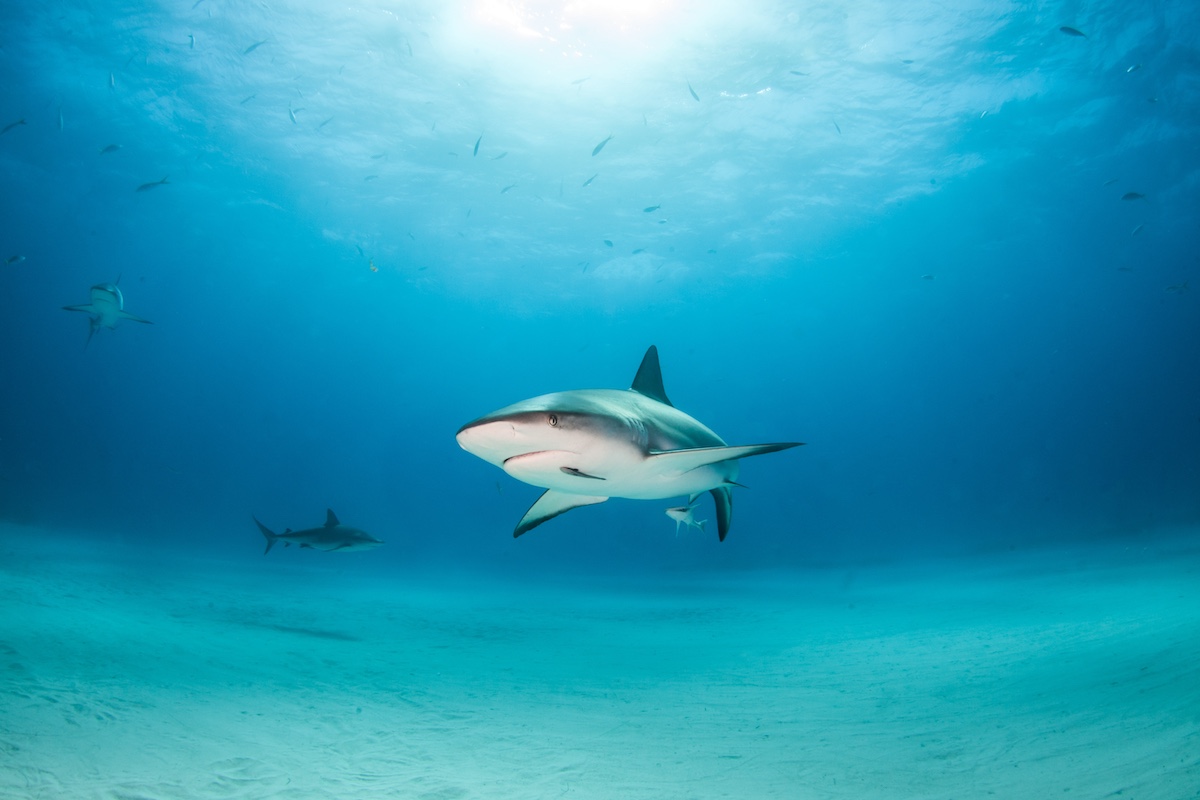Introduction
Shark deterrents have been the focus of extensive scientific research, particularly in recent years as human-shark interactions have become more widely studied. Various methods have been tested, including visual, acoustic, chemical, and electromagnetic deterrents. Among these, magnetic field technology has gained significant attention due to its ability to influence the electroreception systems of sharks. This article explores the scientific basis of magnetic field deterrents, reviewing peer-reviewed studies and experimental findings related to their effectiveness.
Shark Electroreception and Sensory Biology
Sharks possess a unique sensory system called the Ampullae of Lorenzini, which allows them to detect weak electric fields produced by living organisms. This electroreceptive ability is crucial for their hunting and navigation, particularly in low-visibility conditions. According to Kalmijn (1971), the sensitivity of sharks to electric fields can be as low as 5 nanovolts per centimeter, making them highly responsive to electromagnetic stimuli.
Research suggests that strong magnetic fields can overwhelm these receptors, causing discomfort or disorientation in sharks and leading them to avoid areas with strong electromagnetic disturbances (O’Connell et al., 2012). This principle forms the foundation of magnetic shark deterrents, which aim to create a field strong enough to disrupt normal shark behavior without causing harm.
Experimental Studies on Magnetic Shark Deterrents
Several controlled studies have been conducted to evaluate the effectiveness of magnetic fields in deterring sharks. Below are some of the key findings:
1. Sharks Avoid Magnetic Fields in Controlled Experiments
A study by Rigg et al. (2009) tested the response of several shark species to permanent magnets placed near baited food sources. The results showed that certain species, including bull sharks (Carcharhinus leucas) and lemon sharks (Negaprion brevirostris), exhibited avoidance behavior when approaching the magnets. The sharks showed hesitancy or complete aversion compared to non-magnetic control setups.
2. Species-Specific Responses to Magnetic Deterrents
Research has indicated that different species of sharks respond differently to magnetic fields. O’Connell et al. (2012) tested magnetic deterrents on great hammerheads (Sphyrna mokarran) and found that they were particularly sensitive to the stimuli. In contrast, tiger sharks (Galeocerdo cuvier) demonstrated lower sensitivity, suggesting that effectiveness may vary depending on species and environmental conditions.
3. Field Tests in Open Water Environments
A study by Hutchinson et al. (2021) deployed magnetic deterrent devices in coastal waters frequented by large shark populations. The researchers observed a reduction in close encounters between sharks and experimental test subjects compared to control groups without deterrents. However, they also noted that environmental variables, such as water salinity and temperature, might influence effectiveness.
Limitations and Considerations in Magnetic Shark Deterrent Research
Despite promising experimental results, scientists emphasize the need for continued research in real-world conditions. Some key limitations include:
- Variability in Shark Behavior: Not all sharks react uniformly to magnetic fields, with some species showing indifference.
- Environmental Factors: Seawater conductivity, depth, and external electromagnetic sources could alter the strength of deterrent fields (Hart & Collin, 2015).
- Long-Term Adaptation: It remains unclear whether sharks could habituate to magnetic fields over time, reducing deterrent effectiveness.
Conclusion: The Future of Magnetic Shark Deterrents
Scientific research on magnetic shark deterrents suggests that they have measurable effects on certain species by interfering with their electroreception. While findings indicate a reduction in close shark encounters, variability across species and environmental conditions highlights the need for further long-term field studies. Future research should focus on optimizing field strength, understanding behavioral adaptations, and refining deployment methods for practical use in marine safety applications.


